Cushioning in a shoe is its capacity to absorb the force of an impact. In the case of running, this need arises when your foot comes into contact with the ground, specifically the first 50 milliseconds of the approximately 250 milliseconds of the support phase of the stride. So, the function of a shoe’s cushioning is to make the contact phase as gradual as possible in order to minimize the inevitable impact with the ground.

HOW CUSHIONING WORKS
From the moment your feet come into contact with the ground the shock created by the deceleration of your body produces a vibration that resonates through your entire body from the impact zone through the muscles and bones to your head. Your body is designed to naturally reduce this discomfort in order to facilitate core functions like vision. Your body adapts to minimize the level of vibration at the output (the head) regardless of the force generated at the input (the impact zone).
Your body has its own cushioning system that reduces this vibration by using, for example, muscle contraction or changes in posture.
In a sport shoe, the role of cushioning is to relieve the strain on your body by reducing the force generated by its impact with the ground. In addition, the cushioning in your running shoes will reduce the degree of adaptation needed to achieve maximum comfort while using the least amount of energy possible.
Learn more about [opti·vibe] technology. Cushioning that reduces the vibrations felt by the body on each impact while retaining energy return.
--- Our running shoes for WOMEN | for MEN

FACTORS THAT INFLUENCE THE CUSHIONING OF A SHOE
The kind of cushioning a shoe requires depends on different criteria determined by the intensity of the impacts which vary according to what kind of running you do.
The surface at the point of impact
The forces on your body will be different if you jump on a mattress compared to jumping on concrete. The deformation of the surface determines the force of the impact. So the specific cushioning you need will differ depending on the type of surface you run on whether it’s sand, snow, dirt or pavement.


Stride
Every runner has his own stride! While 90% of runners contact the ground with their heel first (heel strike) there are others who hit the ground with their forefoot first (forefoot strike). Your running style determines the amount of energy used during the impact phase and the effect of this impact on your body. On top of that, variations in strides also need to be considered. A repetitive stride like you experience when running on the road for example will always require the same support. On the other hand, running on very technical and varied terrain means your body will need to be more reactive to changes in the terrain and more supple to handle different impacts.
--- Our running shoes for WOMEN | for MEN
Body Structure
The skin and fatty tissue inside your feet also play an important role. Your heels as well as the heads of your metatarsals feature a soft, thick, fatty tissue that cushions the weight of your body at the points of contact. The deformation capacity of your bones and intervertebral discs also cushion the impact.
All these things should all be taken into account when you make a decision on which sport shoes to buy, especially your running shoes. The amount of cushioning in a shoe can be seen in the geometry and materials used to make the sole. Those who run on flat ground will need different cushioning than runners who run on hilly or mountainous terrain. It’s also important to understand that those who run with a heel strike or a forefoot strike, as well as those with different ability levels, will all have different needs. You have to find the combination of cushioning, responsiveness and comfort that works best for you.

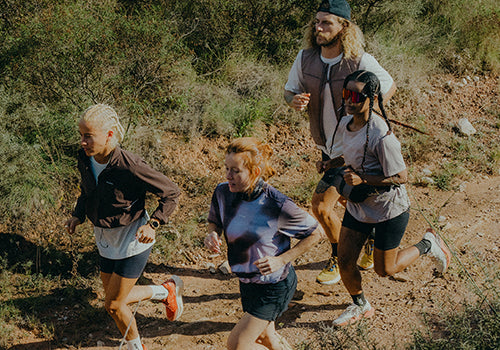
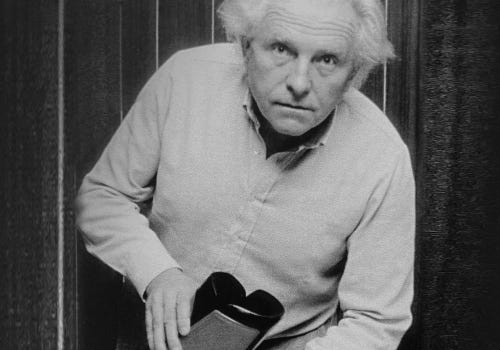
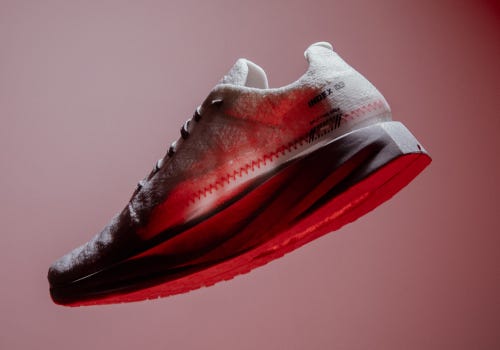
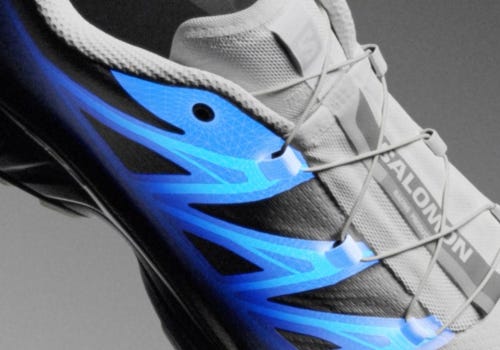
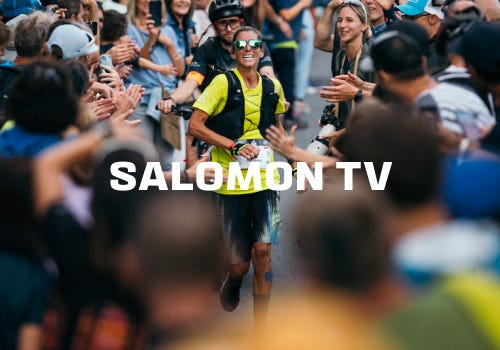
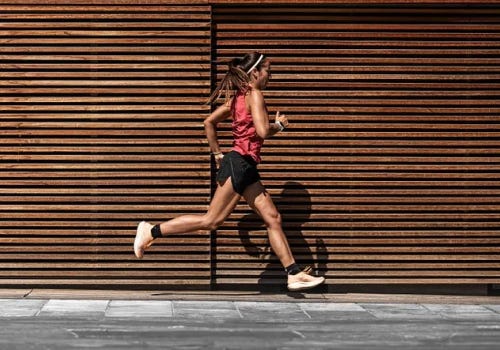
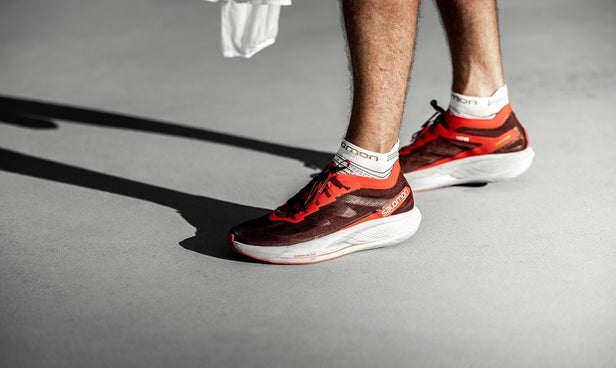
![What is [opti.vibe]?](http://salomonsports.co.za/cdn/shop/articles/fw23-drx-bliss-29-2-1-1_d1b95c8c-3952-457a-9f07-3c4b1f85f0c1.webp?v=1740751998&width=708)